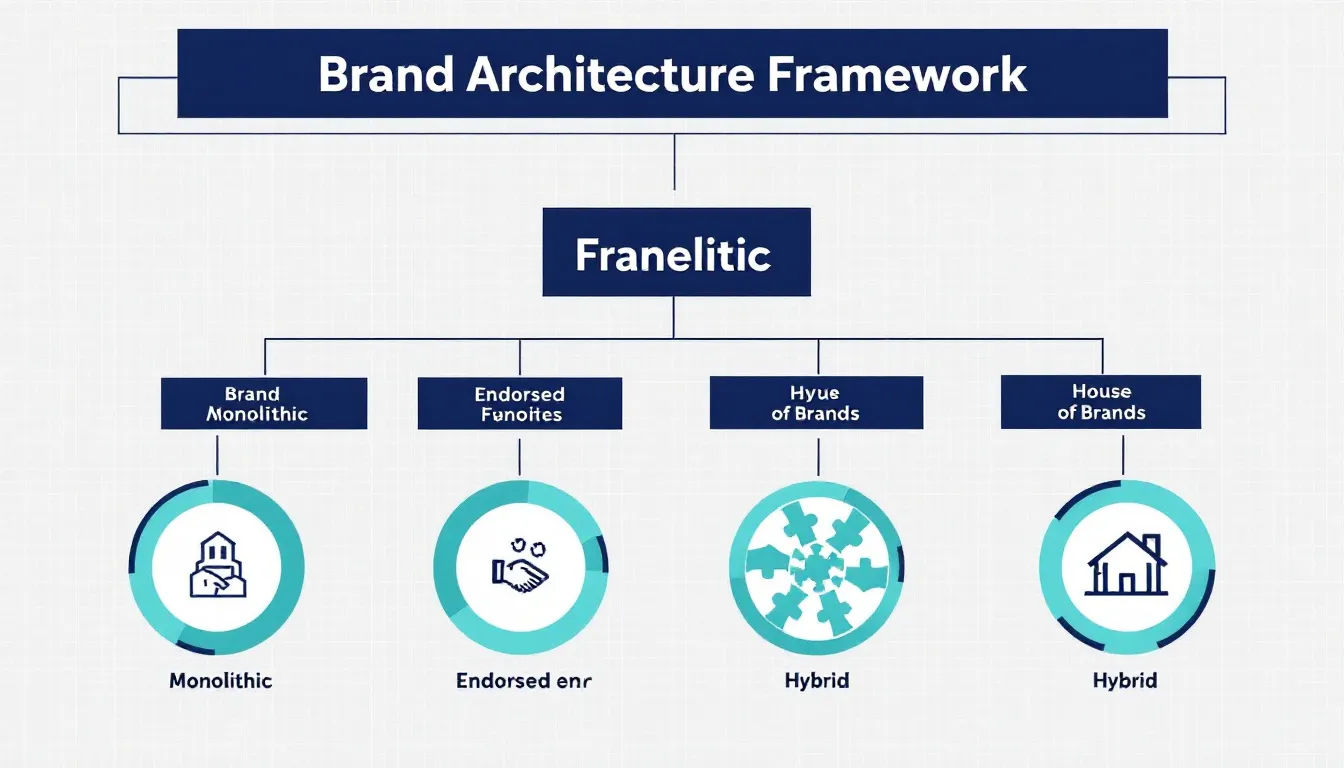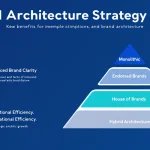Is this tool helpful?
How to Use the Brand Architecture Framework Generator Effectively
Follow these steps to create a clear and actionable brand architecture framework for your business:
- Company Name: Enter your official company name. Example inputs:
- NextGen Technologies
- PureHealth Innovations
- Current Offerings: List your active products, services, and sub-brands, each on a new line. Example:
- HealthTrack – Wearable fitness devices
- GreenFields – Organic food delivery
- UrbanMove – Smart city mobility solutions
- Target Audience: Describe your primary customer segments. Example:
- Tech-savvy millennials, urban professionals
- Health-conscious families with children
- Business Objectives: Outline your key goals with clear metrics or milestones. Example:
- Achieve 25% growth in subscription services within 12 months
- Launch two new product lines targeting green energy
- Brand Values: Optionally, specify core principles that guide your brand identity, such as:
- Transparency
- Innovation
- Sustainability
- Competitor Information: Optionally, provide insights on your main competitors and their strategies. Example:
- Competitor X – Focuses on premium market segment
- Competitor Y – Employs aggressive pricing tactics
Introduction to the Brand Architecture Framework Generator
The Brand Architecture Framework Generator is a practical tool designed to help you organize and structure your company’s portfolio of products, services, and brands. It guides you through defining your company’s offerings, target audiences, and business objectives to produce a clear brand hierarchy that supports strategic decision-making.
By providing a structured overview of your brand system, this tool helps you:
- Clarify relationships between brands and products
- Align your marketing and operational strategies
- Identify growth opportunities within your portfolio
- Improve customer understanding and brand loyalty
Why Brand Architecture Matters
A well-designed brand architecture framework reduces confusion for customers and employees by establishing how each brand or product fits within your overall business. It also streamlines marketing efforts and resource allocation, ensuring your messaging is consistent and effective.
Practical Usage of the Brand Architecture Framework Generator
Use this tool to produce a strategic blueprint you can use for planning brand growth, restructuring portfolios, or entering new markets. Simply enter your company details and objectives to generate a tailored brand architecture framework that you can review and implement.
Common Applications
- Market Expansion: Organize existing and new products to target different customer segments efficiently.
- Rebranding: Realign your brands under a cohesive hierarchy to strengthen your market presence.
- New Product Launches: Define how new offerings fit within your brand ecosystem for clear positioning.
- Competitive Analysis: Understand how your structure compares to competitors to find unique differentiation.
Example Brand Architecture Scenarios
1. Technology Company Expanding Offerings
Company: Nexa Solutions
- Nexa Cloud Services
- Nexa Secure (Enterprise security)
- Nexa Sync (Data management)
- Nexa Consumer Products
- Nexa Home (Smart home devices)
- Nexa Mobile (Wearables)
2. Health and Wellness Brand Reorganization
Company: VitalPulse
- VitalPulse Nutrition
- Vital Bars (Energy snacks)
- Pulse Supplements
- VitalPulse Fitness
- PulseFit Gear
- Pulse Coaching App
Understanding Brand Architecture and Its Types
Brand architecture defines how your business organizes its brands and products to present a clear identity to your audience. Selecting the right type aligns your marketing efforts and supports growth strategies effectively.
Key Types of Brand Architecture
- Monolithic (Branded House): One master brand represents all products and services.
- Endorsed Architecture: Sub-brands carry their identity but maintain a visible link to the parent brand.
- Hybrid Architecture: Combination of monolithic and endorsed, using different structures for different parts of the portfolio.
- House of Brands: Independent brands operate separately under a corporate umbrella with distinct identities.
Benefits of Using the Brand Architecture Framework Generator
Strategic Advantages
- Develops a clear understanding of brand hierarchies and relationships
- Supports targeted marketing and expansion strategies
- Strengthens brand equity by managing brand associations
- Improves allocation of marketing and operational resources
- Facilitates consistent messaging across all platforms
Operational Benefits
- Streamlines decision-making regarding brand extensions and product launches
- Reduces customer confusion by clarifying brand roles
- Optimizes marketing budgets by focusing on core brand assets
- Enhances cross-selling by clearly delineating product offerings
- Simplifies internal communication about brand portfolio
Frequently Asked Questions about Brand Architecture
What is the best brand architecture for a growing business?
A hybrid brand architecture often suits growing companies best, as it provides flexibility to target multiple markets without diluting the core brand identity.
How often should I update my brand architecture?
Review your brand architecture annually or after significant events such as mergers, acquisitions, or major product launches to ensure it remains aligned with your business goals.
Can divisions within the same company have different brand architectures?
Yes. Different divisions can implement architectures suited to their market needs while aligning to overall corporate strategies.
How does brand architecture impact marketing strategies?
It guides how marketing resources are allocated and messaging is crafted across brands and products, ensuring a coherent customer experience.
Should startups invest in brand architecture early on?
Yes. Early planning helps startups build scalable brands and avoid costly restructuring as they expand.
How does brand architecture influence customer perception?
A clear brand architecture enhances customer understanding and trust, making it easier to navigate your offerings.
Can this tool help with international market entry?
Absolutely. It provides a framework to adapt brand strategies for different regions while maintaining overall brand coherence.
Important Disclaimer
The calculations, results, and content provided by our tools are not guaranteed to be accurate, complete, or reliable. Users are responsible for verifying and interpreting the results. Our content and tools may contain errors, biases, or inconsistencies. Do not enter personal data, sensitive information, or personally identifiable information in our web forms or tools. Such data entry violates our terms of service and may result in unauthorized disclosure to third parties. We reserve the right to save inputs and outputs from our tools for the purposes of error debugging, bias identification, and performance improvement. External companies providing AI models used in our tools may also save and process data in accordance with their own policies. By using our tools, you consent to this data collection and processing. We reserve the right to limit the usage of our tools based on current usability factors.







